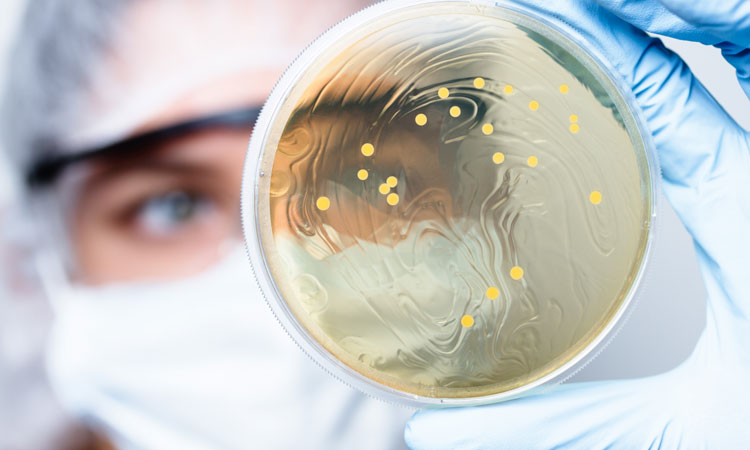Reduce the risk of cross-contamination
- Like
- Digg
- Del
- Tumblr
- VKontakte
- Buffer
- Love This
- Odnoklassniki
- Meneame
- Blogger
- Amazon
- Yahoo Mail
- Gmail
- AOL
- Newsvine
- HackerNews
- Evernote
- MySpace
- Mail.ru
- Viadeo
- Line
- Comments
- Yummly
- SMS
- Viber
- Telegram
- Subscribe
- Skype
- Facebook Messenger
- Kakao
- LiveJournal
- Yammer
- Edgar
- Fintel
- Mix
- Instapaper
- Copy Link
Posted: 18 June 2021 | Antoine Cabon, Jerome Combrisson | No comments yet
Two experts from Mars and Danone offer expert guidance for improving routine microbiology lab management to ensure accurate analytical results.


Microbiological cross-contamination has contributed to several well documented false positive events, which have led to time, resources and money being wasted. In the most extreme cases, unnecessary product recalls have been actioned, food has been wasted and brand reputation negatively impacted. These events largely go publicly unreported; however, behind the scenes, they create a significant drain on resources due to the need to thoroughly investigate right back to the root cause, provoking immense concern for all parties involved.
What does testing involve?
When working in a microbiology testing laboratory, aseptic techniques and correct segregation of activities are fundamental to preventing such cross‑contamination events. This holds true whether traditional microbiology or molecular-based assays are being employed.
Commercial testing laboratories operate in a highly competitive market and the vast majority already work to high standards. For example, it is becoming increasingly expected that labs are ISO/IEC 17025:2017 (general requirements for the competence of testing and calibration laboratories) accredited.1
Currently, laboratory standards such as ISO 17025 and ISO 72182 cannot specify every precaution in all circumstances to safeguard against cross‑contamination of samples. Both standards aim to set out ‘what’ must be achieved and not necessarily the ‘how’. Therefore, in an effort to ensure cross‑contamination events do not occur, many companies have developed their own laboratory standards to complement ISO 17025 and ISO 7218.
This article highlights some of the major sources of cross-contamination to be aware of, as well as the control measures defined and required by Danone and Mars in their effort to jointly improve standards in their laboratory networks.
Issue
Related topics
Environment, Food Safety, Lab techniques, Quality analysis & quality control (QA/QC)









